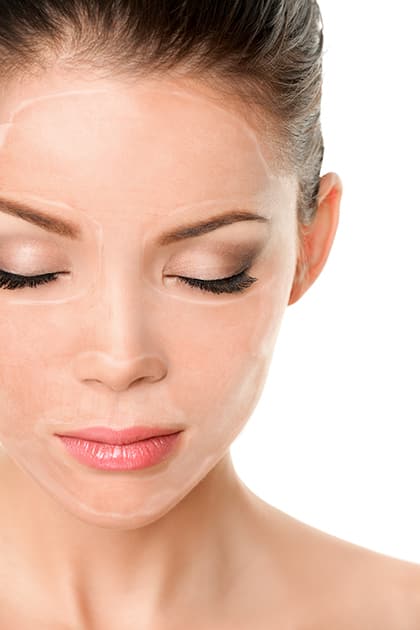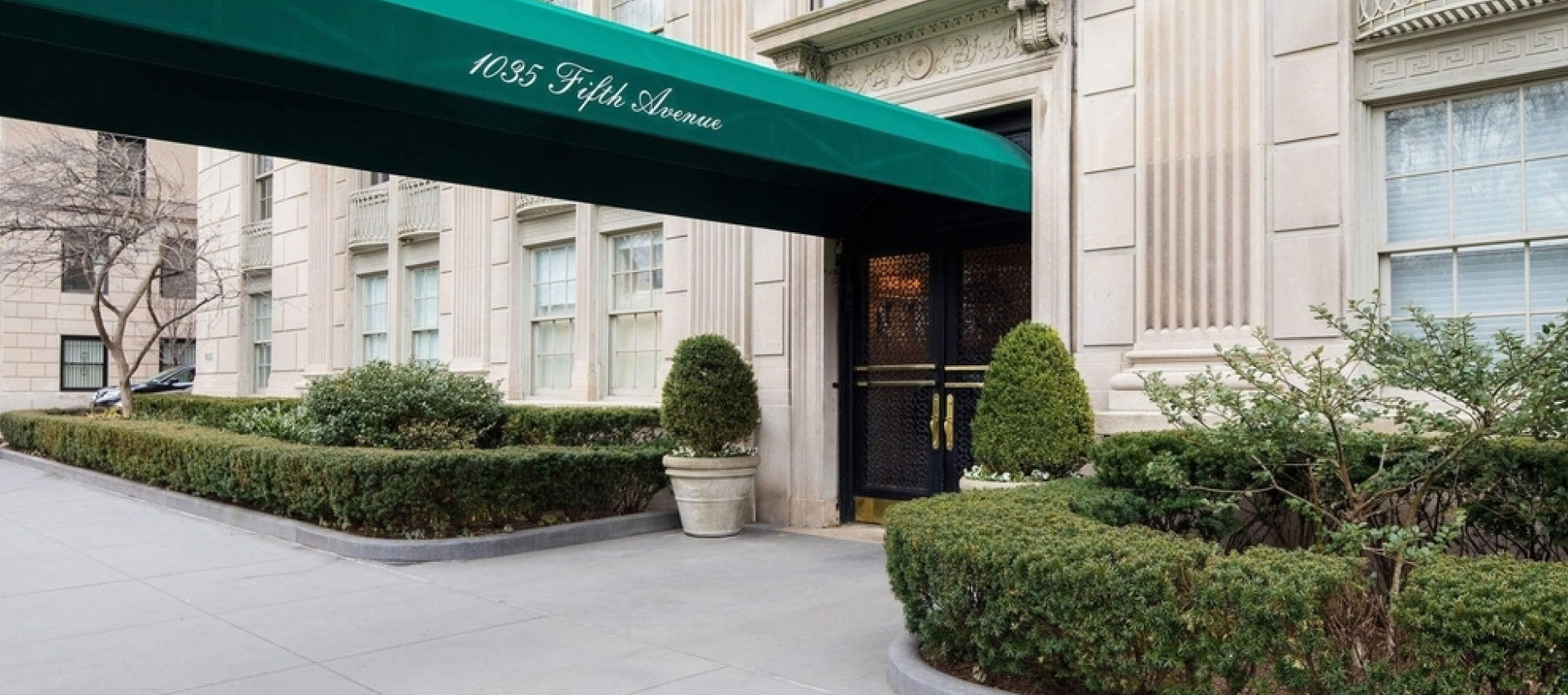

Chemical peels, or chemical skin resurfacing, have been around for many decades and are a mainstay in our toolbox for helping you achieve beautiful, healthy skin.
The procedure itself is simple: a liquid chemical is carefully applied to the skin, which leads to varying degrees of peeling over the course of several days to a week.
At Gendler Dermatology, we are experts in the art of skin peeling, using a host of peels, depending on the type of skin, degree of sun damage, and desired result.
Some peels are very light “maintenance” peels, and some can be deep “resurfacing” peels, with any degree in between. There are even gentle laser treatments that we perform in place of chemical peeling, as well as deeper lasers for more extensive resurfacing.
All of these options will be thoroughly reviewed in your consultation, and a topical regimen designed to enhance the result and maintain the effect will be suggested. Of course, this will also include a full discussion on sunscreens!
Make your skin a priority with our leading Upper East Side Medical and Cosmetic Board-Certified Dermatologists.
Book Now